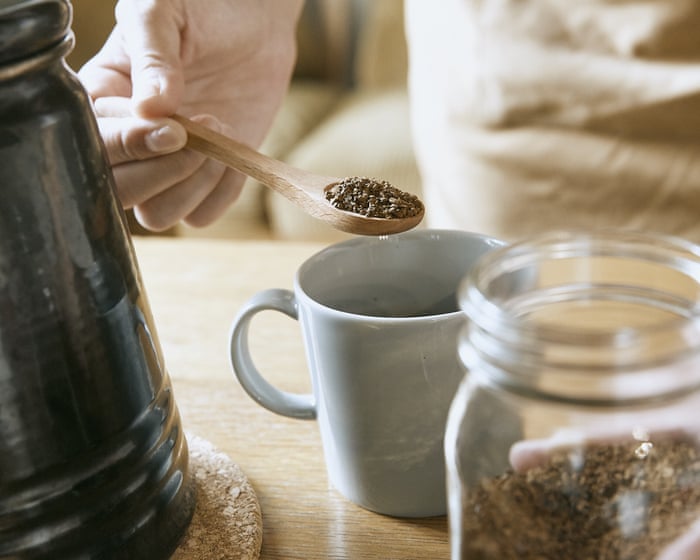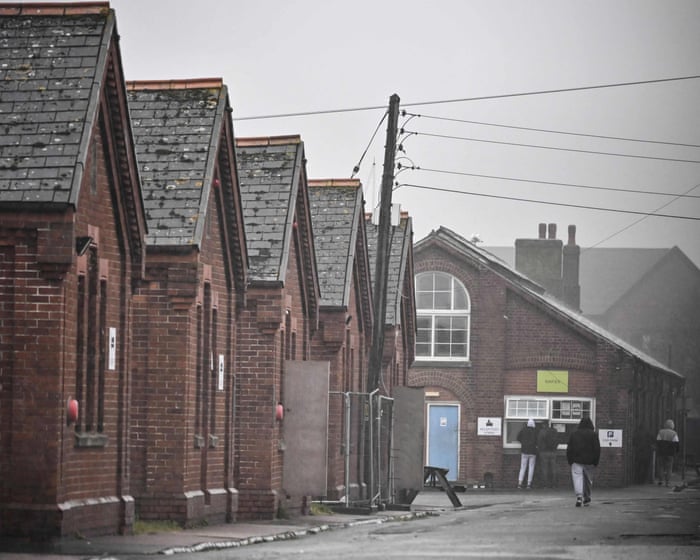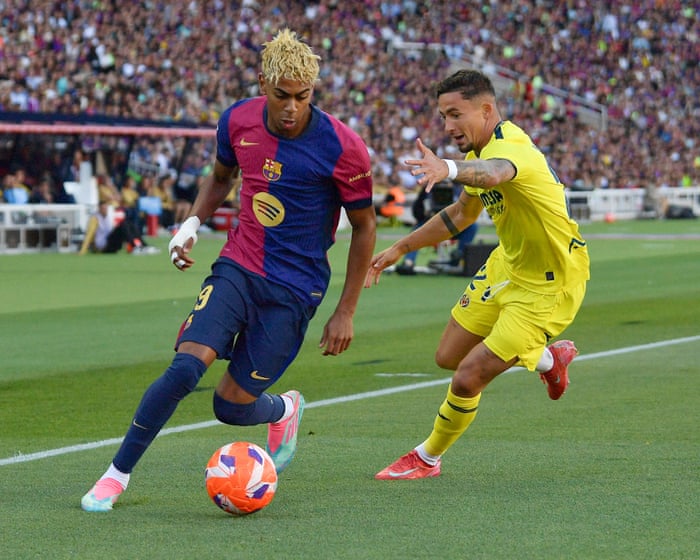A friend of mine, who shall remain nameless to protect his Yorkshire credentials, recently confided in a horrified whisper that he’d spent £6.50 on a coffee. To make matters worse, he admitted the drink was so good—despite its oligarch-level price—that he went back and did it again the next day. He started explaining something about co-fermentation bringing out raspberry notes, but I was too busy fuming to listen.
We’ve clearly gone beyond peak coffee, yet the enthusiasts haven’t gotten the memo. A recent Financial Times coffee guide came with a complex glossary and equipment that looked more suited to DNA analysis than brewing a drink. Here in York—a city where someone once earnestly warned my husband that an espresso is “very small”—we’re now overrun with serious types meticulously weighing and tamping coffee before serving it in handmade pottery cups. The result is a sharp, acidic brew—or as they call it, “fruity.”
It’s no better at home. Our coffee machine behaves less like an appliance and more like a bridge troll, setting riddles and challenges every morning. My current quest for a hot brown drink involves tricking the overly sensitive drip tray sensor by quickly removing and replacing a part while hitting the coffee button before the machine catches on. It’s as absurd as dealing with a printer, and I’ve had enough.
I only really started drinking coffee after going vegan, when I couldn’t find a tea-and-plant-milk combination I liked. Even now, I’m not sure I actually enjoy it, so I’ve decided to follow actor Robert Pattinson’s lead and return to instant coffee. “My favorite thing is instant coffee,” he told GQ in January. “I like it when it looks like oil—that’s what my espresso is, just barely dissolved coffee granules.”
Sure, Pattinson also champions a questionable pasta recipe involving cornflakes, sugar, and an open flame, but I think he’s onto something with the coffee. My first cup this morning tasted like bitter disappointment, evoking a Proustian memory of being sent to the school staff room in 1986. But by the second cup, it was perfectly fine; I’d already forgotten what “proper” coffee tastes like, and honestly, I think I’m better off this way.
Emma Beddington is a Guardian columnist
Do you have an opinion on the issues raised in this article? If you would like to submit a response of up to 300 words by email to be considered for publication in our letters section, please click here.
Frequently Asked Questions
Of course Here is a helpful and clear list of FAQs about Six Fifty for a Coffee framed for someone switching back to instant
FAQs Six Fifty for a Coffee
Beginner Definition Questions
1 What does Six Fifty for a Coffee actually mean
Its a simple rule to help you save money Every time you consider buying a coffee from a café you pay yourself that amount by transferring it directly into your savings instead
2 How is this different from just saving money normally
This method turns an everyday temptation into a powerful savings trigger Instead of feeling like youre depriving yourself youre actively choosing to invest in your future with every coffee you skip
3 Do I have to use the exact amount of 650
Not at all The name is just a catchy phrase Use the average price of the drink you usually buywhether its 4 for a latte or 550 for a specialty brew The key is consistency with your personal spending habit
Benefits Motivation
4 Whats the main benefit of doing this
Youll be shocked at how quickly your savings grow Skipping just three café coffees a week can save you over 75 a month which is nearly 1000 a year
5 I love my morning coffee run Why should I switch
Think of it as upgrading your coffee experience Youre trading a 10minute luxury for a significant financial goal like a vacation paying off debt or building an emergency fund The peace of mind is a great trade for the temporary buzz
6 Can this really make a big difference to my finances
Absolutely Small consistent savings are the foundation of building wealth This habit makes you more mindful of your discretionary spending which often leads to saving in other areas too
Practical Tips HowTo
7 Whats the easiest way to track this
Set up an automatic transfer in your banking app for your chosen coffee amount to move to savings daily or weekly Alternatively use a savings app with a roundup feature or a simple note on your phone to track manually and transfer the total each week
8 But I still need caffeine Whats a good alternative
This is where switching to instant




